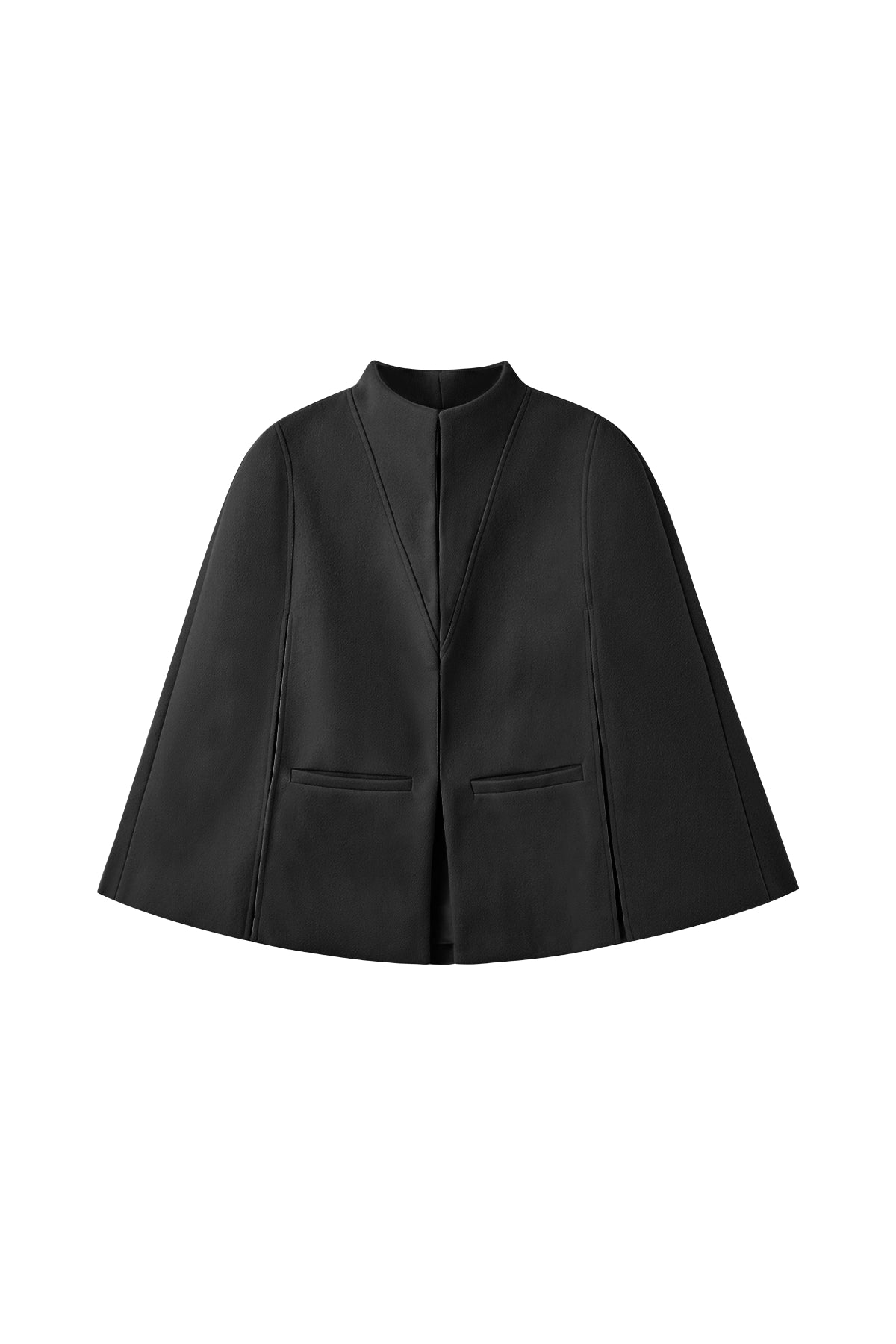More and more women are choosing to sew or customize their own blazers. This not only ensures a better, more tailored fit but also allows for unique personal style — aligning with the growing trend of sustainable fashion.
However, before getting started, many people ask the same question: “How much fabric for a women’s blazer?” If you miscalculate when buying fabric, you may end up with too little to complete your project — or buy more than necessary. This guide provides a detailed breakdown from different angles, including fabric yardage, garment weight, and material considerations.
Key Factors That Affect Fabric Requirements
First, the following aspects should be considered:
Body Size: The pattern piece area increases with bust and garment length; longer fabric lengths are required for layout. The larger the size and the taller the person, the more fabric is needed. Generally, L/XL uses 0.3–0.5 more yards than XS/S.
Garment Design: Double-breasted, large lapels, double slits, full-length sleeves, and multiple pockets increase fabric consumption. Short styles are the most fabric-saving, mid-length styles are moderate, and long styles consume the most fabric. Long styles usually require 0.4–0.6 more yards than mid-length styles.
Detail Design: Features like double-breasted fronts require extra overlap; large lapels, double slits, and additional pockets increase pattern pieces or allowance, thus raising fabric usage. Generally, double-breasted uses 0.2–0.3 more yards, large lapels 0.1–0.2 more yards, back slit or double slit 0.1–0.2 more yards, while three-quarter sleeves use 0.1–0.2 less yards than full-length sleeves. Small items like pockets or flaps add about 0.05–0.1 more yards. In addition, lining usually consumes the same amount as the main fabric (about 1:1), while fusible interfacing uses approximately 60–80% of the main fabric.
Fabric Width: A common 60-inch width is wide enough to place body pieces and sleeves side by side, saving fabric; a 45-inch width is narrower, so many pattern pieces must be arranged lengthwise, requiring longer fabric, resulting in higher overall consumption. Generally, for the same style, using 45-inch width requires 0.5–0.8 more yards than 60-inch width, especially for long styles or larger sizes, approaching the upper limit.
How Much Cloth Is Required for a Women’s Blazer?
To make a women’s blazer, fabric consumption mainly depends on style length, size, fabric width, and material characteristics. Taking 60-inch fabric width as an example:
Short jackets: XS–M about 1.8–2.0 yards, L–XL about 2.2–2.5 yards
Mid-length (hip-length): XS–M about 2.0–2.3 yards, L–XL about 2.5–2.8 yards
Long jackets (below hip/thigh): XS–M about 2.5–2.8 yards, L–XL about 3.0–3.2 yards
If using 45-inch fabric width, an additional 0.5–0.8 yards should be added based on the above data; lining fabric usually consumes the same amount as the main fabric (about 1:1).
At the same time, different materials also affect fabric consumption:
Wool/Tweed: Thick, layout waste is large, requires +0.25–0.5 yards.
Cotton/Linen: Light, layout compact, use baseline consumption.
Polyester/Blends: Wide fabric width, less waste, can use baseline consumption.
Stretch fabrics: Cutting direction limited, to avoid deformation requires +0.3–0.5 yards.
Plaid/Striped fabrics: Need pattern alignment, extra +0.5 yards.
In general, a women’s blazer requires 2–3 yards of fabric. But actual consumption will fluctuate depending on garment length, size, fabric width, and material. Larger sizes, long styles, or special patterned fabrics usually require more.
How Much Does a Women’s Blazer Weigh?
-
Summer lightweight blazers (cotton, linen, or blends; half-lined or unlined): approx. 1.0–1.5 lbs (0.45–0.7 kg)
-
Regular everyday blazers (medium-weight wool or blends; fully lined): approx. 2.0–3.0 lbs (0.9–1.4 kg)
-
Thick or long-line blazers (flannel, tweed, or structured wool): approx. 3.5–5.5 lbs (1.6–2.5 kg)
The final weight depends on the actual fabric area used and its GSM (grams per square meter). Formula: Fabric GSM × Actual Fabric Area Used.
The heavier the fabric or the longer/larger the design, the heavier the blazer.
How to Accurately Estimate Fabric Requirements
To estimate accurately, consider your pattern, fabric properties, and print alignment. As a rule of thumb:
-
Short or fitted blazers use less fabric.
-
Long or relaxed styles require about 0.5 yards extra.
-
Plaid or striped fabrics need an additional 0.5 yard to align patterns.
-
Beginners should buy 0.25–0.5 yards more than the estimated amount to avoid running short due to cutting mistakes.
Why the Cicy Bell Women’s Purple Blazer Is Worth Choosing
The Cicy Bell Women’s Purple Casual Work Blazer offers a perfect balance of style, comfort, and practicality. Made from a soft, slightly stretchy blend of polyester, viscose, and spandex, it provides a tailored yet comfortable fit. Its lightweight structure and functional pockets make it ideal for both office wear and everyday outings. Designed in a flattering silhouette that enhances confidence without feeling restrictive, this blazer also carries a GRS-certified sustainable fabric, making it a chic and eco-conscious choice for modern women.
FAQ
1. How much fabric for a women's blazer? Generally, you’ll need 2–3 yards of fabric if using a 60-inch width cloth.
2. How much fabric to make a women's blazer? It depends on body size, design style, and fabric width. Longer or looser cuts need more material.
3. How much cloth is required for a blazer for women’s? A short blazer usually takes around 2 yards, while a long-line or oversized blazer may require 3 yards or more.
4. How much does a women's blazer weigh? On average, a women’s blazer weighs between 1–3 pounds, depending on the fabric type, lining, and season — heavier wool for winter and lightweight linen for summer.




